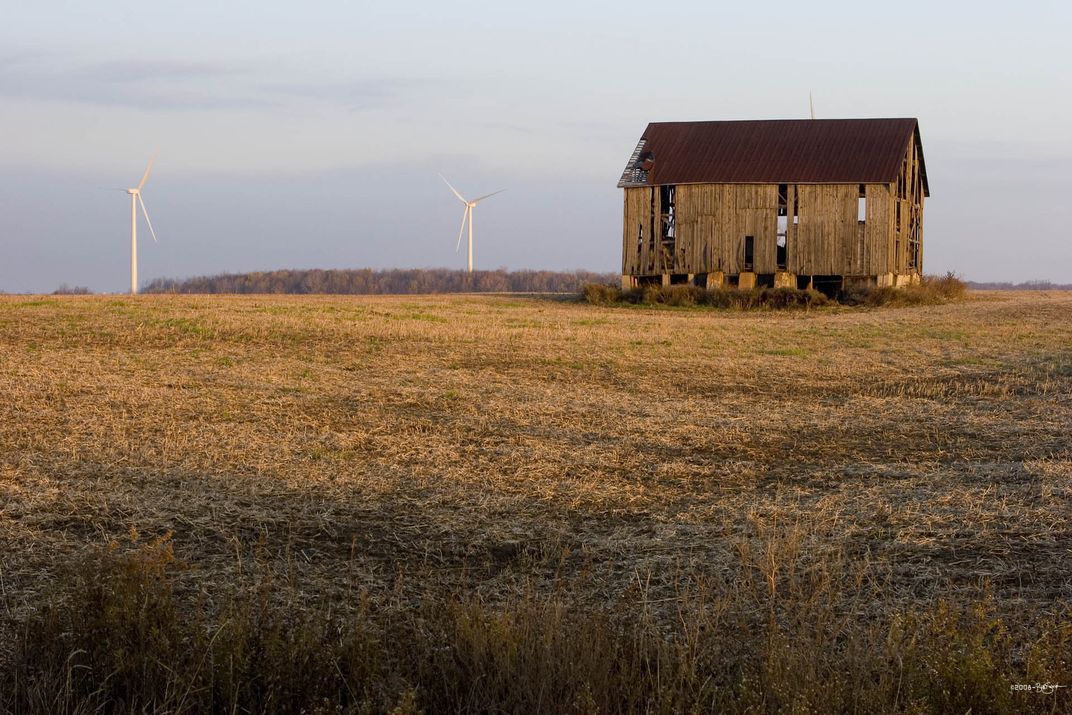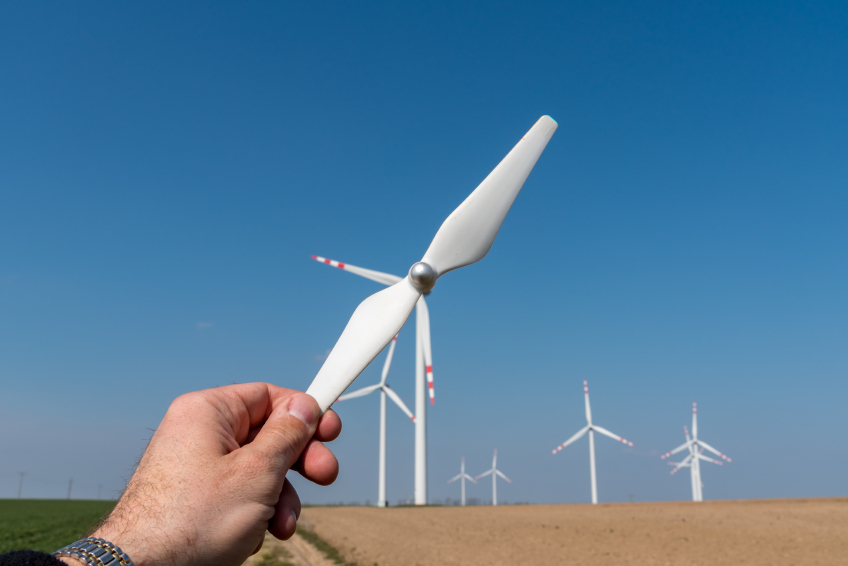
It is estimated that a speed of six metres per second is necessary for a successful output. Wind speed is key to getting the most from a domestic wind turbine system. How efficient are domestic wind turbines? A 2.5kW wind turbine in an efficient location, benefitting from the right wind speed, could very well cover this annual energy requirement. How much could you save?Īccording to Ofgem, the average household uses approximately 3,330kWh of energy each year. However, some regions may offer grants for turbines, particularly when it comes to funding community projects.Ĭontact the Sustainability Officer at your Local Authority to find out more. There are currently no national grant schemes to assist with the cost of a wind power system. As well as normal accidental damage, the range of cover can include breakdown. It is advised that you check your buildings insurance to see if domestic wind turbines are covered or if they offer more comprehensive coverage.Īlternatively, it may be worth taking out cover with a specialist insurer. *6Ī HIES installer will be able to give you a better idea of how much your project will cost. The cost of acquiring planning permission, preparing the site, laying cables to the grid and installing the turbine, could add up to a final cost of between £30,000-£40,000. This is also true for the cost of installation.įor example, if a 5kW wind turbine costs between £20,000 and £25,000, you may have to almost double your investment to get it up and running. It is generally accepted that the bigger the turbine, the more expensive it will be. You should also think about how much it will cost to install, what insurance it will need and whether there are grants available to help with these costs. If you are thinking about investing in a domestic wind turbine, then there is more to consider than just the cost of the turbine itself. *5 A power inverter will also be required to convert the AC electricity to DC, as well as a bank of batteries. Micro domestic turbines are ideal to charge battery banks with electricity and cost around £800 (price at 2019). Some of the larger wind turbines feature artistic and architectural designs that offer an aesthetic as well as functional benefit.

Standalone wind turbines cost between £9,900 and £19,000 for a 2.5kW system, while a 6kW version is likely to be between £21,000 and £30,000.


However, because they are more likely to invite planning permission objections, they are not suitable for urban areas. Standalone wind turbines generate more energy than roof-mounted alternatives. Standalone wind turbines, also called free-standing wind turbines or pole-mounted wind turbines, are more effective when situated on top of a hill, away from obstructions and turbulence. However, roof-mounted wind turbines are typically small and may not generate enough electricity to meet your requirements.
#Home wind turbines michigan install
This type of turbine is easier to install and cheaper than other versions, costing up to £3,000 for a 1kW system. The height advantage of roof-mounted turbine systems provides the necessary wind force to generate electricity, feeding it directly to a property. There are three main types of turbine systems to cater for in the domestic market: Roof mounted *2Ī HIES installer will be able to offer you expert advice on the specific requirements of your property. Domestic wind turbines can range in size from 400W to 100kW – which one will meet your requirements depends on the size of property, the amount of electricity you want it to generate and how energy efficient your home is.Ī 1.5kW wind turbine situated in an area with an average wind speed of 14mph would be sufficient to meet the needs of a home requiring 300kWh per month, for example.


 0 kommentar(er)
0 kommentar(er)
